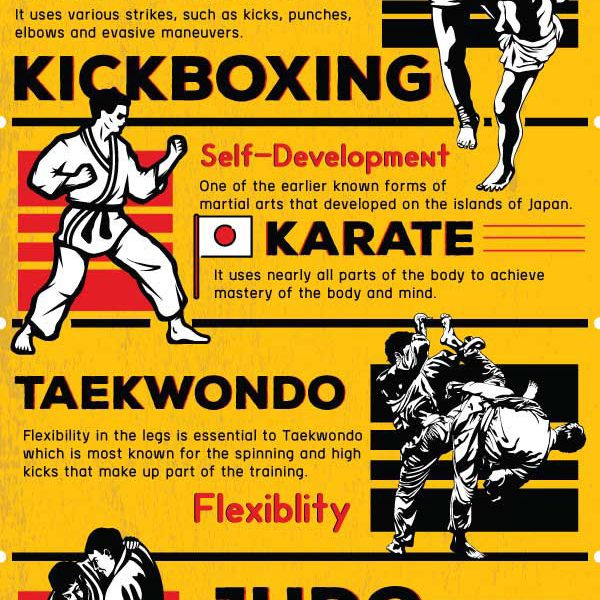Trick Differences In Between Typical Martial Arts And Modern Fight Sports: An In-Depth Analysis
Trick Differences In Between Typical Martial Arts And Modern Fight Sports: An In-Depth Analysis
Blog Article
Authored By-Keith Finnegan
When you think of martial arts, do you lean extra towards the conventional techniques or the modern combat sports? Each path provides distinct advantages and experiences, formed by their philosophies and training methods. Traditional martial arts emphasize personal development and discipline, while modern-day battle sports concentrate on competition and performance. Recognizing these differences can direct you in picking the right method for your journey. Yet how do these distinctions materialize in training and philosophy?
The Approach and Background Behind Typical Martial arts
While many individuals link martial arts with physical battle, the ideology and history behind traditional martial arts run much deeper. You'll discover that these disciplines highlight personal development, self-control, and respect.
Stemming from old techniques, traditional martial arts were commonly developed for Self-Defense and spiritual development. They personify concepts such as balance, harmony, and self-constraint, directing experts beyond mere battling abilities.
As you train, you'll not only learn strategies but likewise get insights right into the culture and values that shaped these arts. The rituals and practices, often given with generations, cultivate a feeling of community and belonging.
The Competitive Nature of Modern Fight Sports
Modern battle sports have actually transformed the landscape of martial arts into a highly affordable sector, where professional athletes take on in an examination of ability, technique, and endurance.
You'll see that competitions are commonly arranged with rigorous guidelines and policies, making sure justice and safety. These occasions draw in large target markets, fueling the excitement and intensity of matchups.
Athletes educate rigorously, not just for physical prowess yet additionally for mental strength, understanding that every detail counts in the ring. The adrenaline thrill during competitors is apparent, as competitors push their limits to declare triumph.
Followers value the athleticism and virtuosity involved, making contemporary fight sporting activities a thrilling spectacle that remains to develop and captivate enthusiasts worldwide.
Training Techniques and Strategies: A Relative Evaluation
The affordable ambience of modern battle sports needs cutting-edge training techniques that vary substantially from conventional martial arts.
In modern-day training, you'll focus on specific strategies, competing, and conditioning, typically making use of drills that mimic real fight scenarios. You'll see a focus on quantifiable performance and constant competitors to analyze your abilities.
On the other hand, typical martial arts focus on kinds, katas, and philosophical mentors, usually emphasizing technique and respect over competition.
Training is normally less intense and may involve repeated technique rather than real-time sparring.
While both strategies construct ability and health and fitness, modern fight sports provide a much more dynamic and adaptable training environment, preparing you for prompt obstacles in the ring or cage.
Choose free martial arts near me that aligns with your objectives and interests.
Conclusion
In choosing in between conventional martial arts and modern-day fight sporting activities, it actually boils down to what you value most. If you're seeking personal growth, technique, and a sense of area, standard arts could be your ideal fit. But if you thrive on competition and real-time obstacles, contemporary fight sports could be the means to go. Eventually, both courses offer unique advantages, so it's everything about straightening your training with your personal goals and interests.
